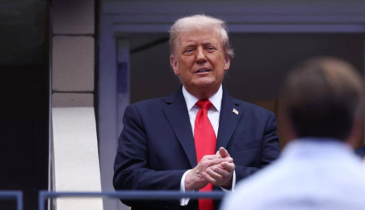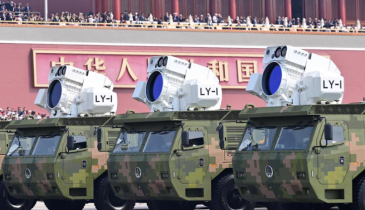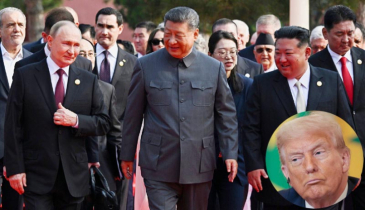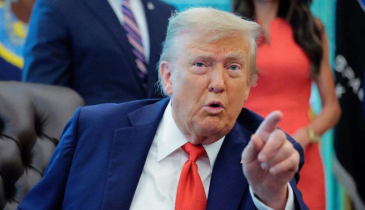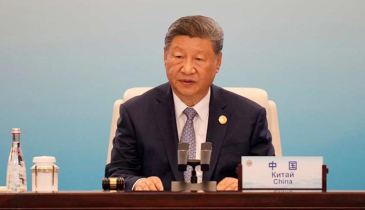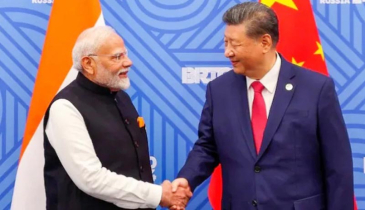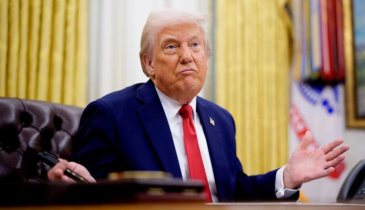US-China to launch new talks on tariff truce extension
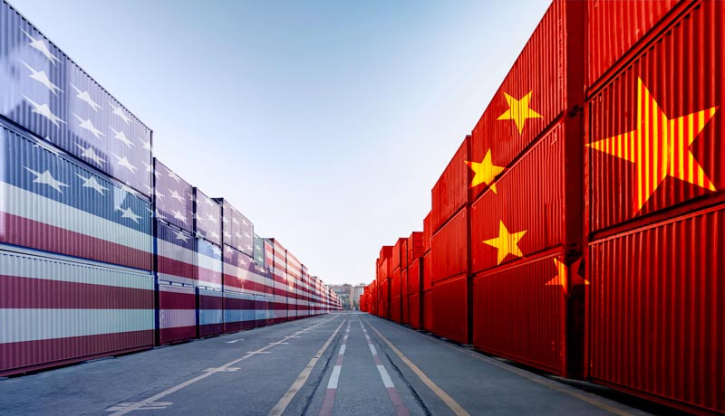
Senior US and Chinese economic officials are set to meet in Stockholm on Monday in an effort to ease trade tensions that have strained relations between the world’s two largest economies. The primary goal of the talks is to secure a three-month extension of the existing tariff truce.
The discussions come as China faces an August 12 deadline to finalize a sustainable tariff arrangement with the Trump administration. This follows tentative agreements reached earlier in May and June, which helped pause a damaging cycle of tit-for-tat tariffs and avoided a full cutoff of critical exports, including rare earth minerals—a sector where China holds a dominant global position.
Failure to strike a deal could see tariffs surge back to triple-digit levels, effectively amounting to a bilateral trade embargo and posing a severe threat to already fragile global supply chains.
The timing of the Stockholm talks is significant, following President Donald Trump’s recent landmark trade agreement with the European Union. That deal imposes a 15% tariff on most EU exports, including automobiles, while also committing the bloc to purchase $750 billion in American energy and invest an additional $600 billion into US industries over the coming years.
While analysts do not expect a major breakthrough with Beijing similar to the EU deal, experts say a 90-day extension of the tariff and export control truce—first agreed to in May—is highly likely. Such an extension would buy both sides more time to resolve core disputes and could also set the stage for a high-level meeting between Trump and Chinese President Xi Jinping, tentatively eyed for late October or early November.
The US Treasury declined to comment on a South China Morning Post report claiming that both sides have agreed in principle to refrain from introducing any new tariffs or retaliatory measures for another 90 days.
Trade experts note that even a temporary extension would calm investor concerns, stabilize commodity markets, and provide multinational corporations more time to adjust their supply chains amid ongoing geopolitical uncertainty.
.png)


